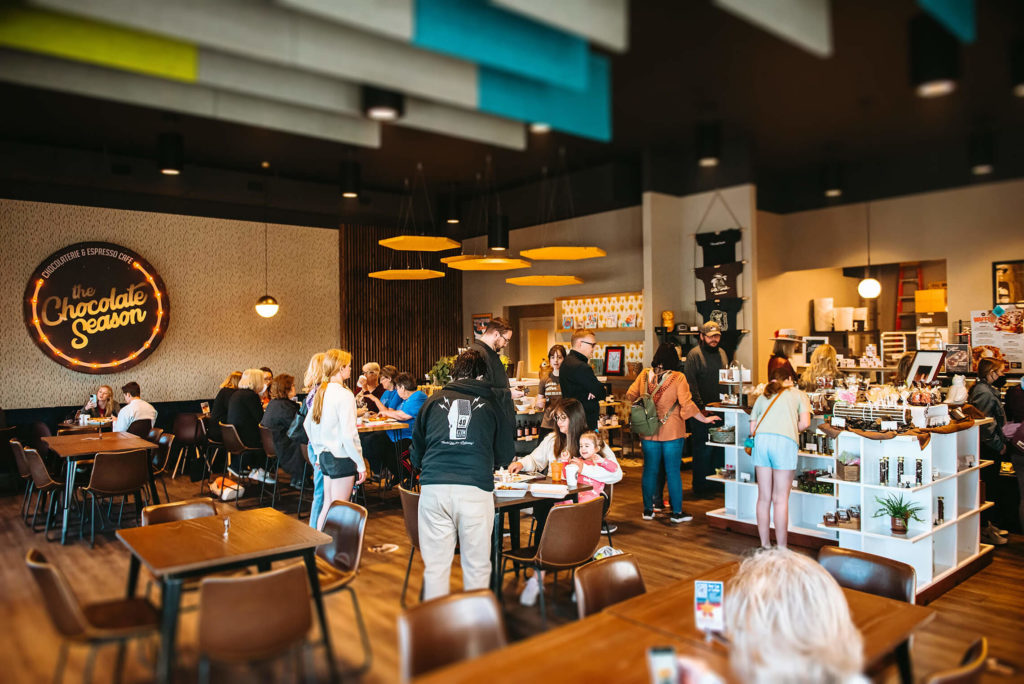
Katherine of Fernseed is here to talk about how to choose a location for your retail store, for our series of posts to help out with brick-and-mortar locations.
I heard this amazing piece of advice about romantic relationships a while back that went something like this: don’t plan your relationship any farther into the future than the amount of time you’ve already been dating. You’ve been seeing someone for three months and you want to ask them to be your plus-one at a wedding next year? Too soon! I don’t know why they don’t pull you aside in middle school and tell you this. It’s so practical, so necessary, so right.
But imagine a world in which, after three months of dating, you have to decide whether or not to move in with someone for the next five years. It goes against everything we know about taking things slowly, and gradually progressing to the next step without taking on huge amounts of emotional and financial risk. It’s the kind of thing that only happens on reality television shows… and to small business owners thinking about opening a storefront.
There really is no more important factor in the success of a storefront retail business than the choice of where to locate, and yet it’s one of the most agonizing choices any business owner ever has to make. So you’ve done a few pop-ups and you have some napkin math assumptions about potential revenue? Hope you’re ready to commit to paying $4k per month for a space that may or may not meet all your operational needs for the next half-decade!
It’s an absolutely terrifying leap to take. It goes against everything we know about growing slowly, gradually, one small risk at a time. It is a decision point that no other businesses have to undertake in their beginning stages, and unfortunately for brick-and-mortar business owners who have to face it, there isn’t much information available about how to approach it wisely.
For this reason, I think many would-be shop owners choose to locate somewhere cheaper, off-the-beaten-path, because it seems wiser, and more conservative. But this kind of risk tolerance doesn’t always work for retail.
In his seminal 2011 book, Eric Reis outlined the concept of the Lean Startup, a process in which business owners continuously launch and test small ideas and products before committing massive chunks of time and cash to them. The idea—build something small, release it to a test market, see if it gains traction, then gradually invest in improvements—transformed the way entrepreneurs and investors approach business. In a little over a decade, the lean startup concept has gained so much traction it’s seeped into almost every conversation anyone has about business today. But this incredibly practical and conservative approach doesn’t work for brick and mortar stores because there is no way to “lean test” the particular alchemy of product selection and exact location for your retail store that makes a shop a shop.
Let me give you an example.
Before I opened Fernseed, I connected with two advisors from SCORE. One of them had extensive experience in drafting pre-launch financial projections, the other had a deep history with e-commerce. The advisor who helped me with projections offered me this piece of advice: before signing a lease on a storefront, launch your shop in one of those shared public market spaces with food vendors and other micro retailers, like a semi-permanent pop-up in a hip urban space. The other advisor suggested launching as an e-commerce concept first, so I could gather data about which products sold to my customer base before committing to more inventory and square footage. Both suggestions adhere to those smart, conservative lean startup principles, and both are terrible ways to test a retail concept.
As readers of Aeolidia are probably well aware, launching an e-commerce business is a massive undertaking, requiring an entirely different set of marketing skills than promoting a physical storefront. E-commerce has broad potential reach, but a new Shopify store is virtually invisible unless you are surgically adept at audience building, niche marketing, and paid ads. I’ve said this before on my own blog and I’ll say it again: telling someone to launch an e-commerce shop to lean test a physical storefront is like telling someone to produce a movie in order to see if a novel will sell. They are two entirely different methods of delivering the same story. Success in one doesn’t indicate potential success with the other.
Launching at a public market makes a bit more sense, but it depends on your lease terms. Some public market stalls are more expensive per square foot than retail locations or take a cut of your revenue, so you’re not necessarily saving money by launching in one. While you can certainly use a market stall to establish a local following and build a marketing list, and you can test products, you cannot get information about whether your shop works as a stand-alone concept in a different location without the built-in foot traffic.
For weekly tips like this, subscribe to our newsletter
"*" indicates required fields
That said, there are lots of examples of shop owners who started their business at pop-up markets, or with low-barrier online storefronts (Etsy, for example), or as mobile boutiques, and eventually went on to open successful storefronts. This is in part because the local followings they built and the branding they did in advance of opening their physical locations helped propel them through the first volatile years of storefront ownership. When they opened doors to a physical location, they had big marketing lists to make that announcement to. (See: Lost Girls Vintage in Chicago. They started in pop-up markets, graduated to a mobile boutique, and now have several storefront locations.)
Still, I remember listening to an episode of the Keeping Shop podcast where host Rachel Wentworth spoke to a guest who had a huge social media following and opened a shop just around the corner from a popular shopping district. That shop owner eventually realized that all the social popularity on the planet could not propel people to turn a corner off a well-worn shopping path to visit her store, even one that was half a block away, and she eventually moved her shop to the main strip. (I messaged Rachel last month about which specific episode this was and neither of us could remember. But the story is true!)
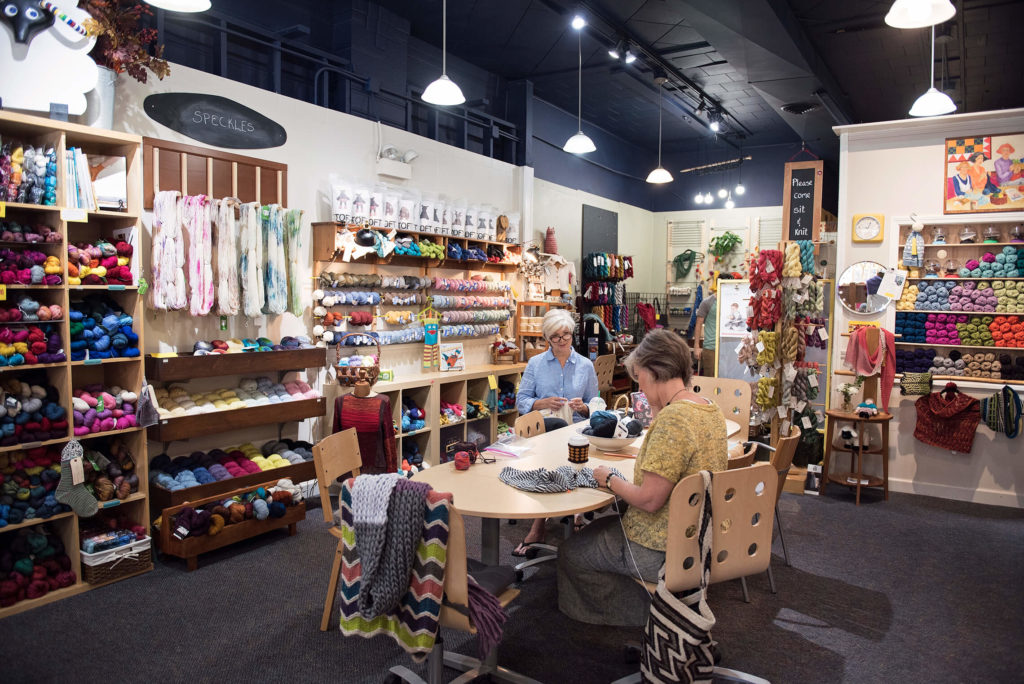
Walking patterns in a city are very real. There is a reason urban planners have studied them for more than a century! You cannot expect to disrupt them with a social media algorithm over which you have zero control.
To give you another example, my partner worked in restaurants for nearly two decades before starting a career in tech, and for a few years in Chicago worked at an upscale Greek restaurant in a super trendy neighborhood run by an executive chef-owner named David who had very tactical advice—bordering on superstition—about picking a location for your retail store. In David’s opinion, the doorway was everything. The door to your shop shouldn’t be up or down a step, not just for obvious accessibility reasons, but because, he insisted, people are so timid about walking into places that they will literally not take the extra step to change elevation to do so.
A heavy door? You might as well not be open. Shared entryway with other businesses? Don’t even think about it.
After owning two shops for nearly three years I know David was right. The door to our South Tacoma Way shop is a little sticky, and I notice people try it once, then check the hours before trying to pull on it again. If people are that timid about entryways, how hard will you have to work against patterns of human behavior to get them to visit a location that is entirely off the beaten path? As much as we like to think we are free thinkers when clustered in cities, humans act very much like insects following an exact pattern of movement. As a store owner, you should want to locate within that pattern.
But I hear you: locating within those districts costs way more! Why pay $30 per square foot when you could pay $20 somewhere else and rely on marketing to do the rest? It’s so much less risky to pay $1,200 versus $3,000 per month, right?
Not really! Let me explain.
When you locate in a high foot traffic area, the only thing you’re paying more for is rent. Utilities are the same. Software is the same. Payroll is the same. The cost of goods is the same. Consider that rent, while a large expense in the business, is usually the third biggest expense after the cost of goods and payroll. If you’re comparing storefronts that cost $1,200 per month or $3,000, the difference is $60 per day. Can you sell $60 more per day in a higher-traffic location for your retail store to make up the difference? Probably.
It’s still scary to think about paying that much, but your goal shouldn’t be to mitigate the upfront risk by hiding yourself around the corner. There are ways to adhere to those smart, conservative lean startup principles even if you sign a long-term lease with a high cost per square foot. We know in e-commerce, for example, that A/B testing only makes sense when you’re pulling from a large enough sample size. By increasing the number of people who walk into your shop each day, you’re starting out with a larger data sample of people making shopping decisions in your store, so you’re learning faster what products and merchandising work and what doesn’t. That’s smart, lean testing!
What are some other conservative approaches when spending more on rent?
I recommend connecting with a commercial realtor and potentially an attorney to assist with lease negotiations. Don’t just look at monthly rent, look at the overall lease package, including triple net (NNN) and tenant improvement (TI) budgets. You can save a lot on your initial build-out if the building owner agrees to pay for tenant improvements. This is usually added to the lease agreement as a dollar-per-square-foot ratio. When I signed the lease at our Proctor location, my commercial realtor was able to get the property owner to agree to pay $25 per square foot for TIs, which gave me a budget of around $22,000 to use for build-out. This is money I would have had to spend regardless to return the storefront to a white box condition (removing a drop ceiling, painting, installing new light fixtures, building a cash wrap, etc.), but the landlord reimbursed me for those expenses. Can you get a building owner in a lower foot traffic area to pay for your build-out? Maybe. But remember that those building owners are also earning less in rent, so they may be less compelled to pay for improvements that can’t be covered by the future rents they can command.
You can also build in safe “outs” in the case that you don’t make it the three or five years of your lease term. Make sure you can sublet! Or sign a shorter-term upfront lease with the option to extend. While it may seem like these negotiations make you a less attractive lease candidate, you’d be surprised sometimes at how willing building owners are to lease to someone interested in opening an independent shop because of the good will it generates on their behalf. Neighborhood associations would much rather see buildings lease to small retail concepts than national chains, and some zoning laws even require it.
To further mitigate lease signing risk, talk to those neighborhood groups. Meet with the business district association or chamber. Many neighborhood business district associations have existing relationships with the building owners and will advocate on your behalf. They also have important information about planned developments, and—perhaps most importantly—street-level improvements taking place during your proposed lease terms. You know what kills more storefront businesses than pandemics or high rent? Street closures. You absolutely cannot survive a long-term construction project that obstructs parking or foot traffic within the first 24 months of operations. Make sure they’re not ripping up the sewer in front of your shop any time soon. While street closures can happen anywhere, they are much more carefully planned, often with accommodations and financial support for shop owners, in districts with a vocal presence of many business owners—places where shop rents are more expensive.
Most cities and towns have several business districts or neighborhoods that meet the foot traffic criteria, so how do you choose the one that makes the most sense? You don’t have to locate a retail business in a stretch where there’s already a lot of retail. I’ve always believed brunch-adjacency is what really strengthens retail businesses. If you locate near a place people congregate for food, you have a built-in audience of potential shoppers killing time before their table is ready. Look for ice cream shops with long lines, farmer’s markets, neighborhood theaters, and pockets where people stroll around with coffee or gelato. If you want a really strong indicator of a neighborhood’s potential to attract and retain foot traffic that results in economic stability, look to where the street musicians are (this is science).
Spend lots of time in a neighborhood observing these patterns before committing. Watch how foot traffic moves. Where do people cross the street and find parking? Are there convenient bus routes and train stations? How about bike racks? Where are the ride-share scooters being parked? Are trash cans and cigarette butt collectors nearby? Cities and neighborhoods plan these features around the places people congregate, and that’s where you want to be. Making these observations is just a viable way to “lean test” as doing a pop-up.
There is no perfect spot to launch a business, and the good news is that no decision is irreversible. Within a year of opening my first shop I was already opening a second location to accommodate operational needs our high-traffic storefront couldn’t (more inventory storage and a place to prep and install coolers for flowers). Retail shops move locations all the time! It’s not fun, but it’s doable.
Pick the right location for your retail store, not the cheapest location, then build that flexibility into your operations and lease agreements. That’s the lean approach for retail.
I’d love to hear about your decision-making process in picking a location for your retail store! What compromises did you make, what fears did you have going in and what have you learned about your location decision since signing your lease? Would you do anything differently?
How to run a successful brick & mortar shop
Brick & Mortar Economics 2022
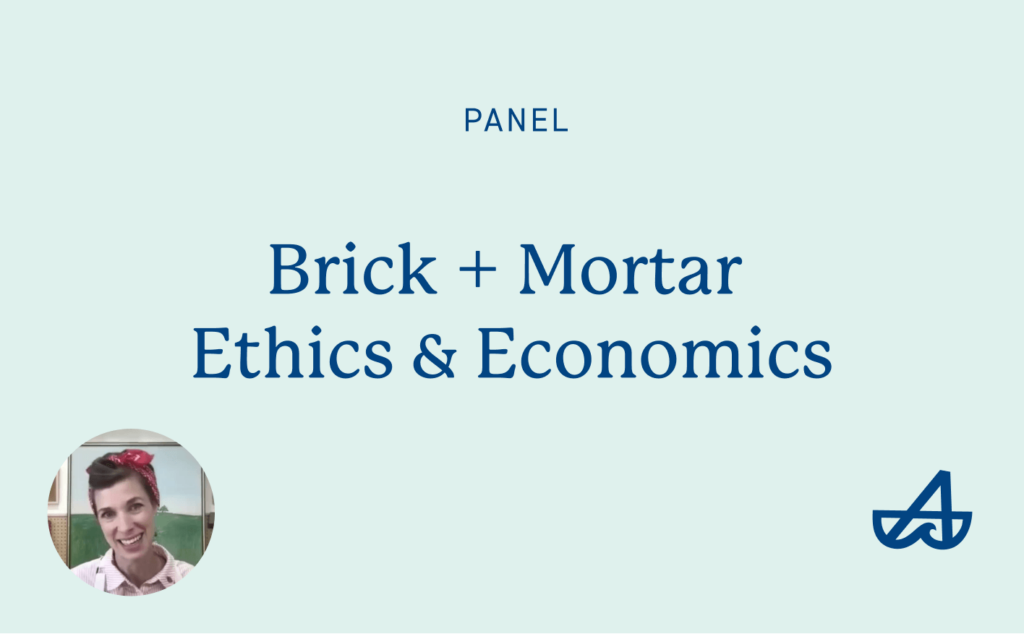
How do you run a retail shop that prices right, treats employees well, is community minded, and still makes a profit?
1 thought on “How to Choose a Location For Your Retail Store”
Leave a Comment
Related Posts
Let's take your online shop to the next level
The Shopify websites we design have a reputation for substantial improvements to ecommerce conversion rates and online sales. Let's talk!



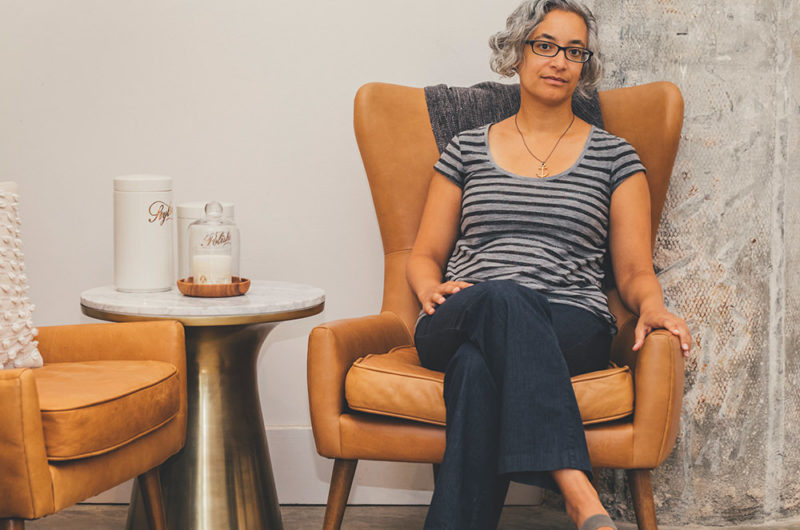









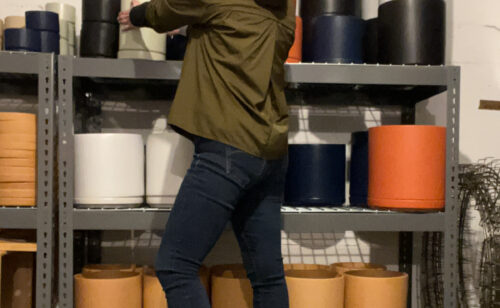
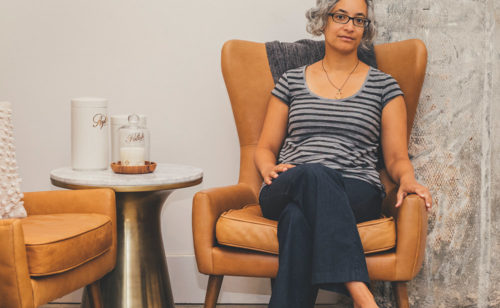

Great post and helpful as I get closer to deciding on a new specialty sports store in our northern Atlanta neighborhood .
I’m curious on thoughts for comparison of a standalone store that is a more expensive due to uniqueness of location (gas station conversion on a highly visible road, 60k cars per day) versus a cheaper but established retail strip center (not as visible but has national stores like Costco, Marshall’s, etc.).